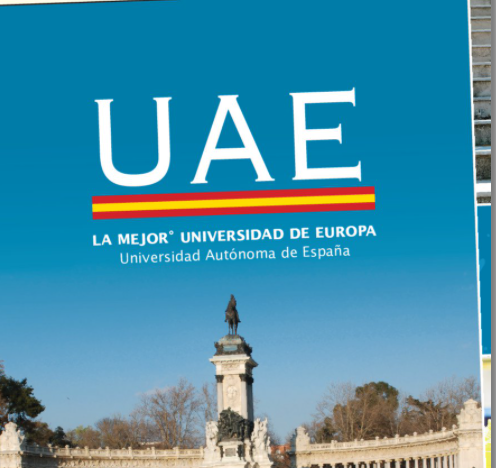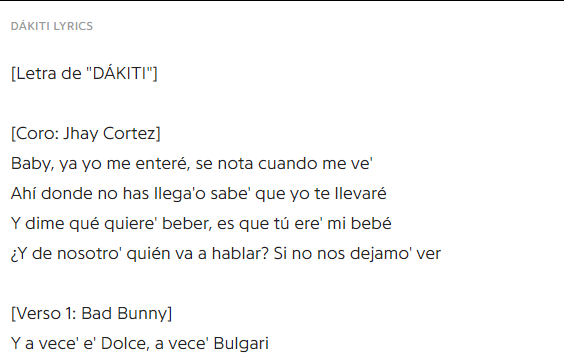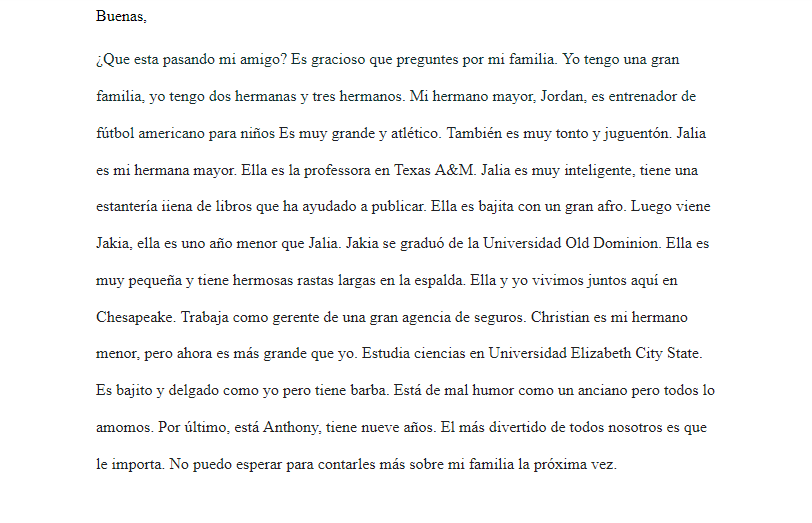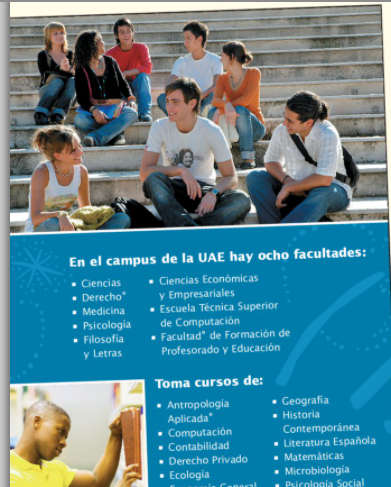Exploring Culture
One of the many things I have learned about Spanish-speaking communities is the love of cafés. Las Ramblas in Barcelona for example is a street lined with cafés where people gather to socialize.

This was something that I found very similar to American culture. In many cities such as New York City, people spend time lounging about inside cafes. Then, in a short paragraph write your reflection. This helped me understand the similarities between American culture and Spanish-speaking cultures. I established a better understanding of how people from Spain enjoy spending their free time, something previously unbeknownst to me.
Engaging in Communities
Global citizenship fosters habits of personal respect and respect for others, wherever on this earth they may live. Global citizenship encourages people to think critically about not only other people but also minimizing the harm we do to the earth itself. Engaging in good global citizenship makes the world a better place for everyone.
During my tenure overseas we were allowed to accompany were allowed to visit Italy with some of the accompanying Chilean soldiers. Together we all explored a city we had never been to while we traded stories about our home life.

Presentational Writing
During the semester we looked at a pamphlet for the Autonomous University of Madrid (Universidad Autónoma de Madrid). This is one of Spain’s most prestigious institutions.
The entire pamphlet is written in Spanish, while the concept of the course that students are offered was fairly easy to get, finding out what those classes were was a challenge in itself. This was difficult because this was my first time seeing many of the words used. To help improve I used the Spanish dictionary for words I had not seen before. This helped me tremendously even though it was converting the words to English. However, I did excel at identifying many of the classes that sounded phonetically similar to English; such as hisoria and filosophia.

Presentational Speaking
During the semester we recorded short audio messages for the homework responding to words we learned. This helped me with my pronunciation of Spanish words.
During my earlier stages of the course, I would still pronounce words based on how English grammar rules are applied. As the course progressed I began to pick up on the small nuances my veteran classmates used. In the attached file you can see as I begin to learn how to pronounce the Spanish alphabet.

Interpretive Listening
One thing I used to help boost my listening skills was expanding into Spanish music. To help me understand I listened to a lot of Bad Bunny songs.
One song that I listen to quite often is Dakiti. While I listened to the song I would read the lyrics as Bad Bunny and Jhay Cortez sang them. What I found the most interesting was how words and certain phrases rhymed well in Spanish but did not translate quite so easily into English. This helped further my understanding of the pronunciation of how sentence structure between English and Spanish varies. But also how it may vary between different Spanish-speaking countries as well.


Interpretive Reading
Composición 2 draft I use it as a reading tool. I was a writing assignment but it also doubles as a reading tool. This particular document shows how to formulate sentences when speaking with a friend.

Before the corrections, the assignment read very choppily in certain places. This was interesting because it showed a very stripped-down version of communication compared to writing for an academic setting. A big takeaway from this reading is how accurately you can describe someone you may have never seen before. It does not vary too much by way of description but certain words do not have a direct translation.
When you have finished adding content to this page, delete all the instructions except the link to the Modes of Communication.
